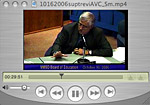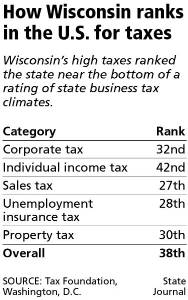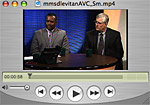US Census Bureau. The data is aggregated a variety of ways, including by state. Minnesota ranks first in the percentage of population 25 and older who have a high school diploma (Wisconsin is 9th) while Connecticut ranks first in the percentage with Bachelor’s degrees at 36.8% (Wisconsin is 33rd at 25%). .xls file.
Census Bureau press release:
Adults age 18 and older with a bachelor’s degree earned an average of $51,554 in 2004, while those with a high school diploma earned $28,645, according to new tabulations released today by the U.S. Census Bureau. Those without a high school diploma earned an average of $19,169.
The series of tables, Educational Attainment in the United States: 2005, also showed advanced-degree holders made an average of $78,093.
It will be interesting to see which way the Madison school district goes – one size fits all ala West High’s English 9 & 10 [Bruce King’s report] or toward a more rigorous, college prep/technical curriculum. One hopeful sign is Johnny Winston Jr.’s recent statement that education is “not one size fits all“. We’ll see how this plays out and if the school board is active on this question.



